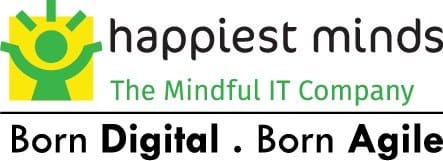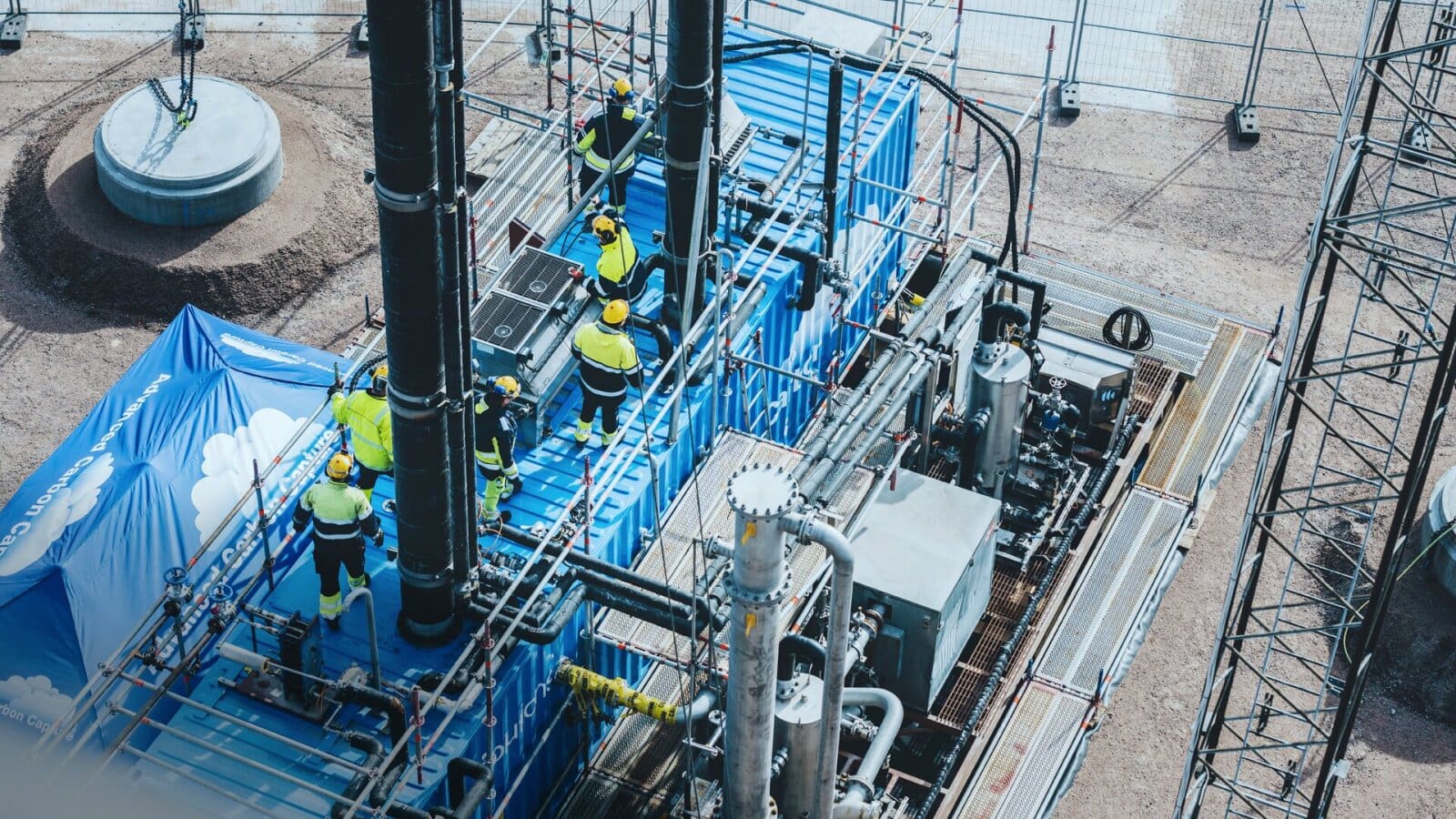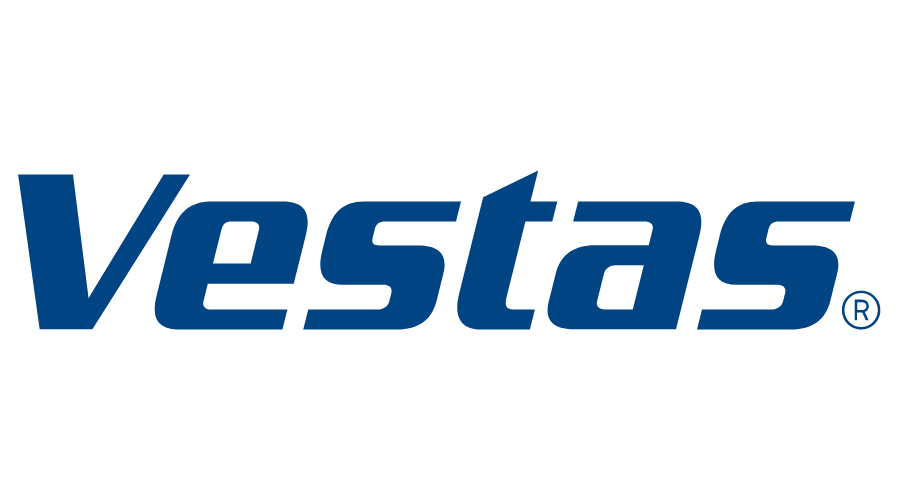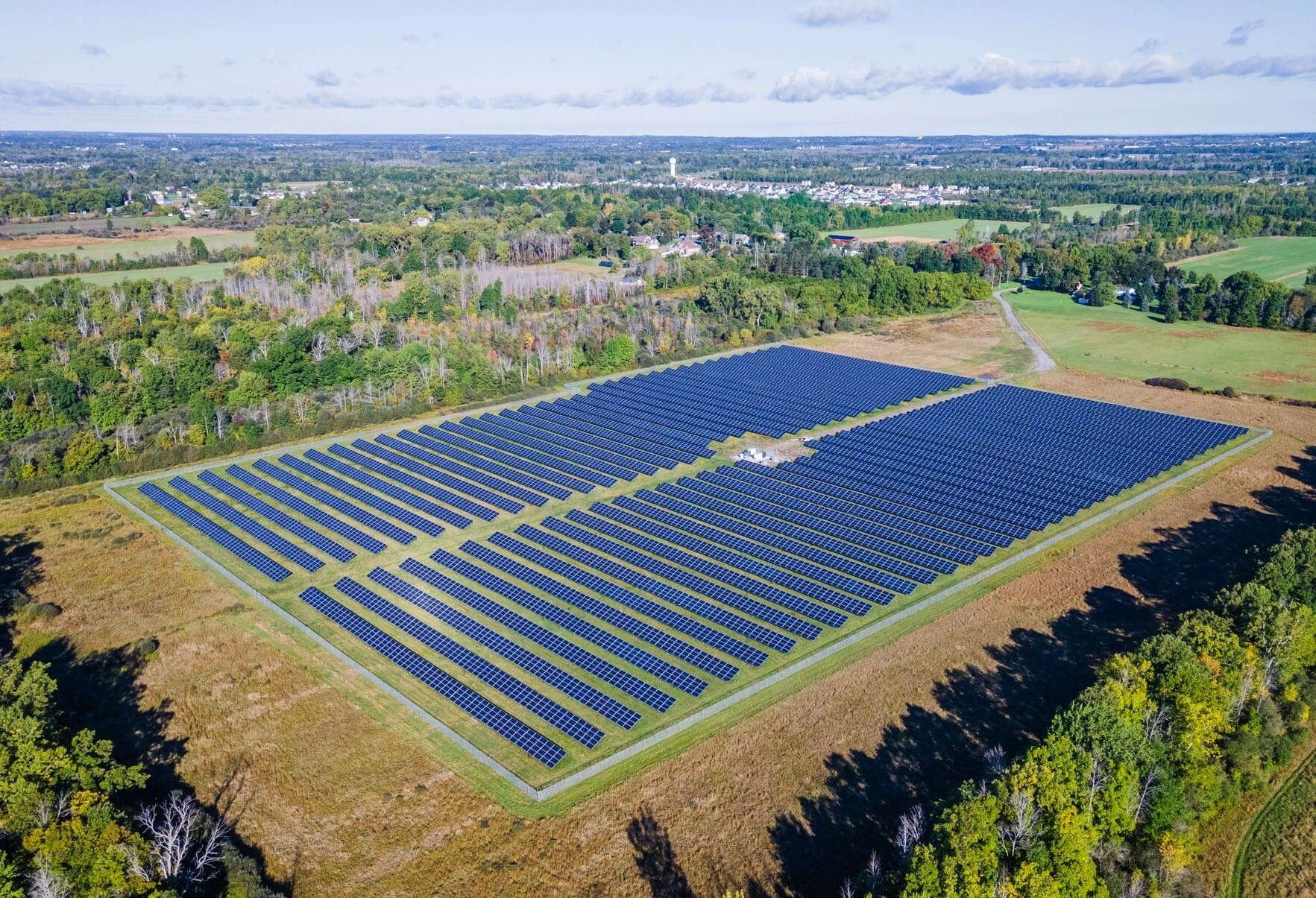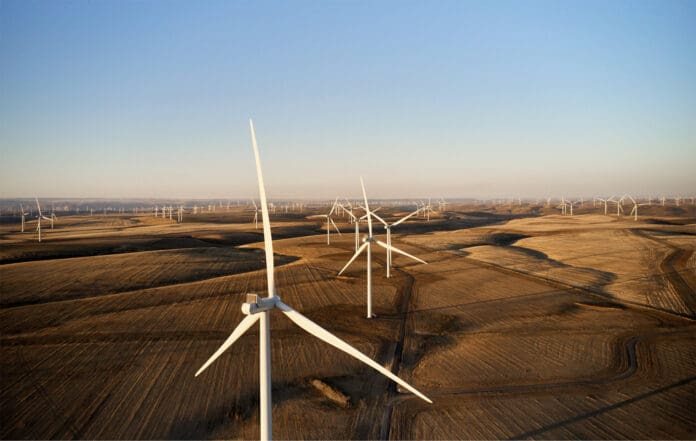
Apple called on its global supply chain to take new steps to address their greenhouse gas emissions and take a comprehensive approach to decarbonization. The company will evaluate the work of its major manufacturing partners to decarbonize their Apple-related operations — including running on 100% renewable electricity — and will track yearly progress. “Fighting climate change remains one of Apple’s most urgent priorities, and moments like this put action to those words,” said Tim Cook, Apple’s CEO. “We’re looking forward to continued partnership with our suppliers to make Apple’s supply chain carbon neutral by 2030.”
Apple has been carbon neutral for its global corporate operations since 2020 and wants to become carbon neutral across its entire global supply chain and the lifecycle of every product. In this vein, Apple is targeting Scope 2 and Scope 3 emissions reductions today, a rare feat for any company.
Differentiating Between Scope 1, 2, And 3 Emissions
Scope 1 refers to direct emissions that result from energy production, industrial processes, or any other emissions that are a direct result of the company. Scope 2 mostly consists of indirect emissions from purchased energy, such as the carbon footprint of electricity that was produced using natural gas versus coal. There can be some grey area between Scope 1 and Scope 2. For example, fleet transportation emissions from a package delivery company are Scope 1 because the company is directly using that energy. Similarly, if a company is directly producing and using energy, it’s also Scope 1. But Scope 2 comes into play when the energy is purchased from a utility and not directly produced.
Scope 3 takes it a step further. Often known as indirect emissions, the US Environmental Protection Agency (EPA) defines Scope 3 emissions as “the result of activities from assets not owned or controlled by the reporting organization, but that the organization indirectly impacts in its value chain.”
Apple’s Scope 1 emissions are limited. But its energy consumption is sizeable and its value chain is one of the most complex in the world. For that reason, it’s impressive to see the company directly address its Scope 2 and Scope 3 emissions today instead of merely setting a multi-decade goal for 2050. Apple’s primary Scope 2 emissions would be from the energy used to manufacture, transport, and sell its products and maintain its services. Scope 3 emissions would mainly relate to its suppliers and the emissions that result from the lifecycle of its products and services.
Mobilizing Supply Chain Climate Action
As part of Apple’s supplier engagement, the company is partnering with its worldwide supply chain to urge accelerated action to achieve carbon neutrality for their Apple-related corporate operations. The company requires reporting on progress toward these goals — specifically Scope 1 and Scope 2 emissions reductions related to Apple production — and will track and audit annual progress. Apple will partner with suppliers that are working with urgency and making measurable progress toward decarbonization.
Additionally, Apple is encouraging suppliers to address the greenhouse gas emissions beyond their Apple production, prioritizing clean energy. As part of the company’s work to achieve its 2030 goal, Apple has reduced its emissions by 40% since 2015, largely through improvements in energy efficiency, low-carbon design, becoming carbon neutral for corporate operations, and transitioning its supply chain to renewable electricity.
More than 200 suppliers representing more than 70% of Apple’s direct manufacturing spend have already committed to using clean power like wind or solar for all Apple production. Major manufacturing partners — including Corning Incorporated, Nitto Denko Corporation, SK hynix, STMicroelectronics, TSMC, and Yuto — have committed to power all Apple production with 100% renewable energy.
To help suppliers meet their commitments and go even further, Apple offers a suite of free e-learning resources and live trainings through its Clean Energy Program and works closely with its suppliers and local partners to identify effective solutions for renewable energy and carbon removal. More than 150 supplier representatives have participated in live trainings this year alone. Apple plans to donate these resources to create a first-of-its-kind public training platform that is free for businesses across many different industries, ensuring that companies of all sizes — in Apple’s supply chain and beyond — will have access to the resources and advocacy networks needed to speed their transition to 100% clean energy and carbon neutrality.
Expanding Clean Energy To Address Customer Product Use
Apple has sourced renewable energy to power all its corporate offices, retail stores, and data centers in 44 countries since 2018, and its suppliers have brought more than 10 GW of clean power online around the world. Building on this progress, Apple plans to facilitate the construction of large-scale solar and wind projects in Europe, with projects ranging between 30 and 300 MW — following an initial request for proposals issued earlier this year. Over the next several years, the company aims to procure enough renewable energy to power all Apple devices on the continent with low-carbon electricity, while continuing to power corporate offices, retail stores, and data centers with 100% clean energy. In total, the planned investments will add 3000 GWh per year of new renewable energy on the grid.
The European investments are part of the company’s larger strategy to address the approximately 22% of its carbon footprint that comes from the electricity customers use to charge their devices. Wherever possible, Apple plans to bring clean energy projects online in grids with high carbon intensity, enhancing the impact on Europe’s electricity sector at a time when renewable generation is critically needed. Earlier this year, the company announced new renewable energy projects in the United States and Australia designed to address customer product use.
Customers in the United States can now play a role in decreasing the carbon footprint of their iPhone with Clean Energy Charging. Available in the United States starting November 2022, the new iOS 16 feature looks at the sources of the electricity during expected charge times and optimizes for when the grid is using cleaner energy sources like solar or wind. To continue to advance climate-smart decision-making for customers, employees, and partners, Apple has joined the University of California, Berkeley’s CoolClimate Network, a research partnership to motivate and empower individuals and organizations to make low-carbon choices.
Advancing Equitable And Financially Viable Climate Solutions Around The World
Apple also announced three new projects through the Restore Fund, a carbon removal initiative that aims to generate a financial return while removing carbon dioxide (CO2)
from the atmosphere. In partnership with Conservation International and Goldman Sachs, Apple has invested with three forestry managers in Brazil and Paraguay to restore 150,000 acres (60,703 ha) of sustainably certified working forests and protect around 100,000 acres (40,469 ha) of native forests, grasslands, and wetlands. Together, these initial forestry projects are forecast to remove 1 million metric tons of CO2 from the atmosphere in 2025. To ensure accurate monitoring, reporting, and verification of the projects’ carbon removal impact, Apple is working with partners to analyze satellite imagery and deploy innovative remote sensing technologies.
As Apple continues to make progress reducing emissions by 75% by 2030, the company prioritizes high-quality, nature-based solutions for the 25% of remaining emissions that are unavoidable with existing technologies. At the same time, Apple is working to spur entirely new solutions, including through support for analysis by Carbon Direct identifying pathways for developing sustainable aviation fuels.
In addition to the Restore Fund projects, Apple announced new partnerships to advance community-driven climate solutions around the world:
- In Namibia and Zimbabwe, Apple is working with the World Wildlife Fund (WWF) to promote climate resilience and sustainable livelihoods through the Climate Crowd program. Climate Crowd works with communities facing the worst impacts of climate change to build resilience and develop alternative livelihoods that depend on the preservation and restoration of natural resources in the region — from climate-smart agriculture to beekeeping and rainwater harvesting. In this region, the program also supports interventions like clean cookstoves that help communities get the critical energy resources they need without depleting the natural resources around them.
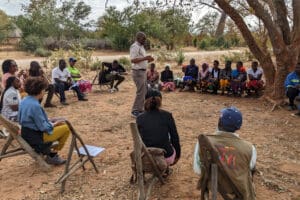
As part of a new partnership between Apple and the World Wildlife Fund, community members take part in a participatory design session in Zimbabwe, working together to brainstorm climate solutions for their community. (Image Courtesy Of Apple) - In China, Apple has partnered with China Green Carbon Foundation to conduct research, demonstrate best practices, and build stakeholder networks around the goal of increasing the amount and quality of responsibly managed nature-based carbon sinks. The partnership will support identifying and mapping prioritized areas in the Sichuan province, as well as developing best practice guidelines and methods for forest management that could be replicated in other regions. Apple will also support a pilot in Chengdu to demonstrate carbon removal potential in urban and semi-urban areas, which will help establish best practices for carrying out carbon removal projects in urban areas of China and improve climate adaptation and resilience.
- In the Chyulu Hills region of Kenya, Apple has partnered with Conservation International since 2020 to demonstrate that improved livestock management can help restore crucial rangelands, store carbon, and build climate-resilient pastoral livelihoods across Africa. To date, the project has trained hundreds of local Maasai community members in updated rangeland management techniques, including more sustainable grazing practices, reduction of soil erosion, natural regeneration, and the creation of women-led grass seed banks.
In Europe, the Middle East, and North Africa, Apple is launching a new partnership with ChangemakerXchange to strengthen climate action and leadership in the region. By creating a network to connect, build, and uplift youth-led climate innovation, Apple will help link solutions to funding opportunities and enhance climate leadership skills. The initiative will launch in Egypt at the UN Conference on Climate Change (COP27), and over the next two years will support a group of 100 change-makers and social innovators — 50 from Europe and 50 from the Middle East and North Africa.





